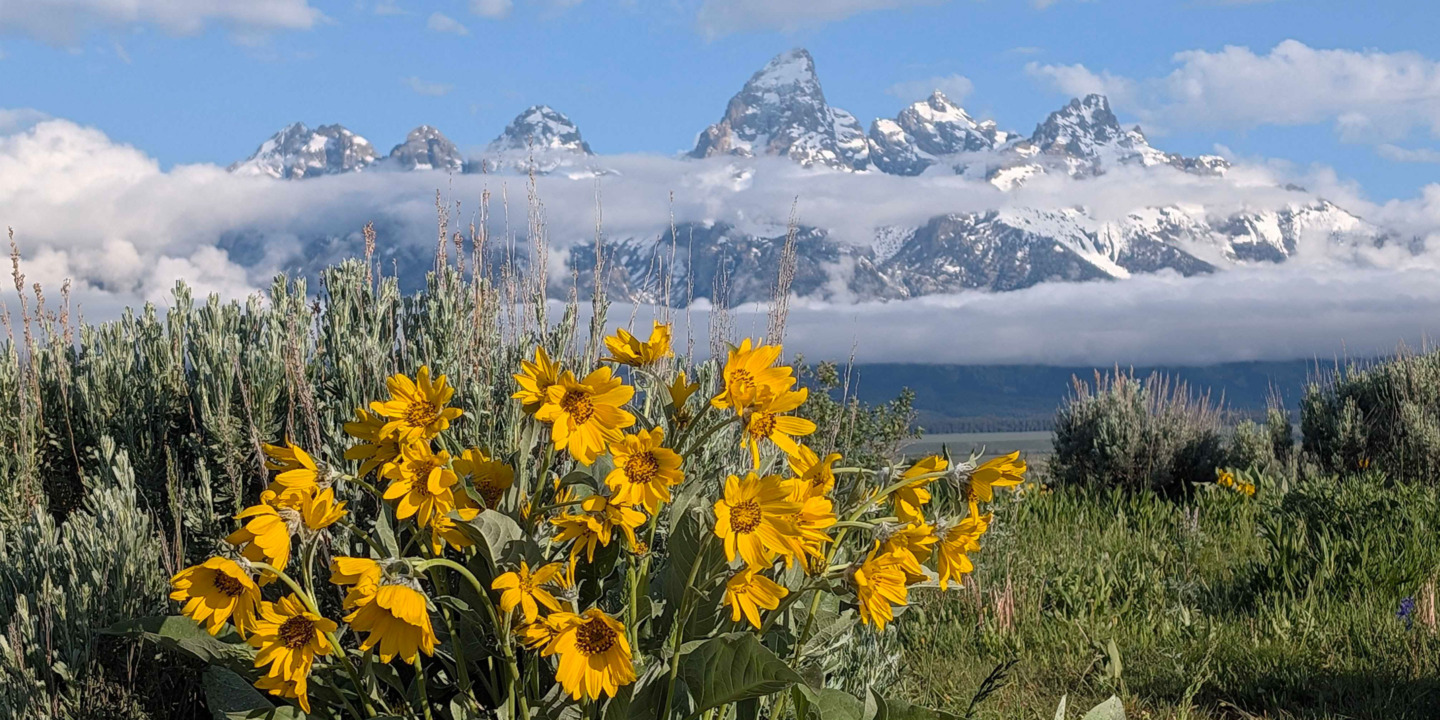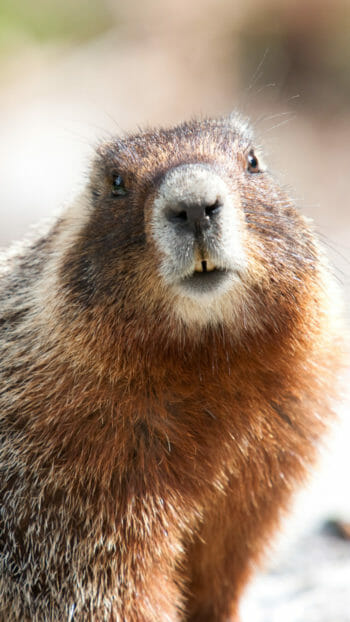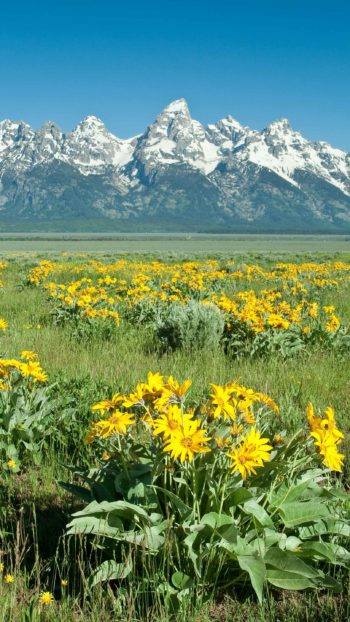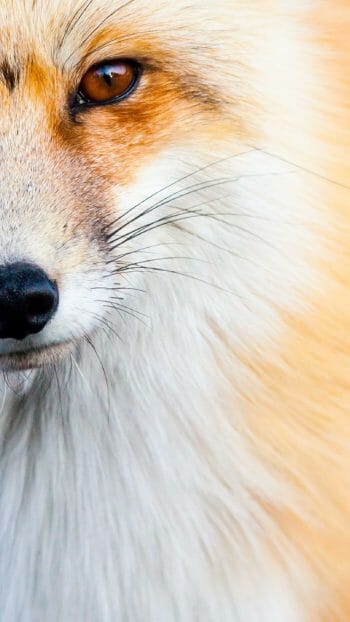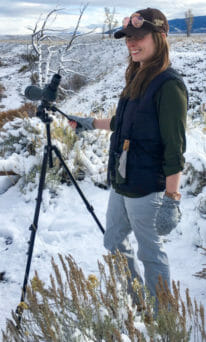When Is the Best Time to Visit Jackson Hole?
The truth is, there’s no single best time to visit Jackson Hole, it depends on what you want to experience. Every month in this mountain valley reveals a different side of the Greater Yellowstone Ecosystem, from deep winter stillness to vibrant summer abundance. Surrounded by the Teton and Gros Ventre Mountains, Jackson Hole transforms dramatically throughout the year. Snow blankets the land in winter, spring brings green valleys and newborn wildlife, summer hums with life under endless skies, and fall burns gold with aspen and cottonwood leaves.
This month-by-month guide outlines what to expect from Jackson Hole’s weather, wildlife, and activities so you can decide when to plan your visit and what kind of experience you’ll have, whether it’s a quiet winter safari or a summer day on the Snake River.
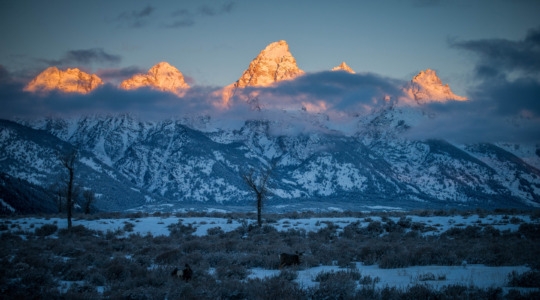
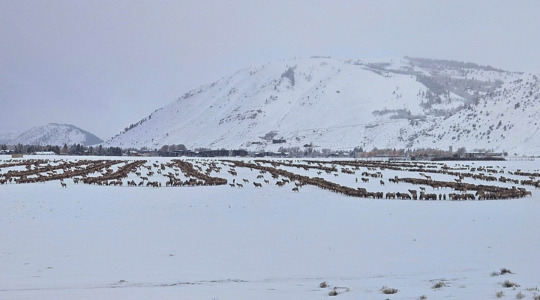
January – Winter’s Quiet Majesty
January settles deep into winter, blanketing Jackson Hole in sparkling snow and calm. Daytime highs average in the 20s, while clear nights often drop below zero. The crisp air and bright blue skies create breathtaking scenery across the valley. Wildlife thrives in the cold: bison plow through the snow in search of grass, moose browse on willows along the Snake River, and wolves are often spotted moving across open meadows. It’s an ideal month for winter wildlife safaris, where the stillness of the season makes animal tracks and movement more visible. Visitors can also enjoy sleigh rides on the National Elk Refuge, snowshoeing in Grand Teton National Park, or skiing at Jackson Hole Mountain Resort.
February – Deep Winter and Exceptional Wildlife
February continues the deep freeze of winter, with plenty of snow and bright days ideal for outdoor adventure. The valley remains alive with wildlife: wolves, foxes, moose, and bighorn sheep are all active, and large elk herds congregate in the open lowlands. For photographers and wildlife enthusiasts, this is a particularly rewarding time of year. The snow provides a perfect contrast to the dark coats of animals, and the clarity of winter light adds a certain magic to every sighting. Many visitors spend their mornings on wildlife tours and their afternoons enjoying the warmth of Jackson’s cozy lodges and restaurants.
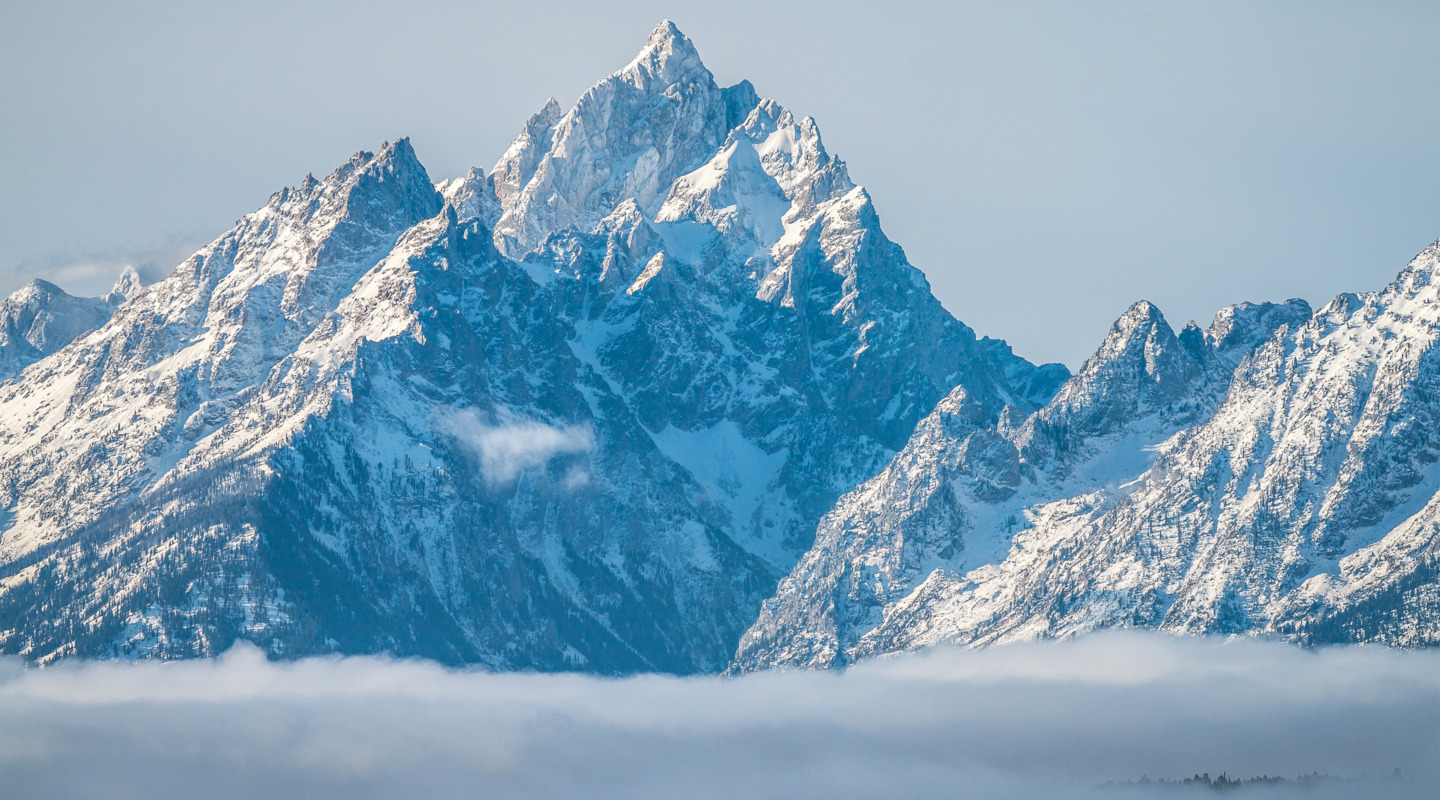
March – Late Winter Transitions
March is a time of change in Jackson Hole. While winter’s grip remains firm, the days grow longer, the sun climbs higher, and the first signs of spring start to appear. Coyotes and foxes enter mating season, and owls can often be heard calling at dusk. Toward the end of the month, grizzly bears begin to emerge from hibernation, marking the first wave of renewed activity in the ecosystem. It’s still a great time for snow-based adventures. Winter safaris continue, and the ski slopes are at their best during this final stretch of the season. March feels like winter on the surface, but life beneath the snow is stirring.
April – The Start of Spring Awakening
By April, the transition to spring becomes undeniable. Snow begins to melt, temperatures rise into the 40s, and rivers swell with runoff from the mountains. The landscape changes daily, from white and frozen to green and alive. This is when grizzly bears reappear with their cubs, and elk, moose, and deer begin shedding their antlers. Migrating birds return to the valley, filling the air with sound after the quiet of winter. Wildlife safaris in April highlight these seasonal shifts. Guides track bears emerging from dens, antler sheds across the National Elk Refuge, and the early return of raptors and songbirds. Though some roads are still closed, this month offers a rare glimpse into the ecosystem’s reawakening.
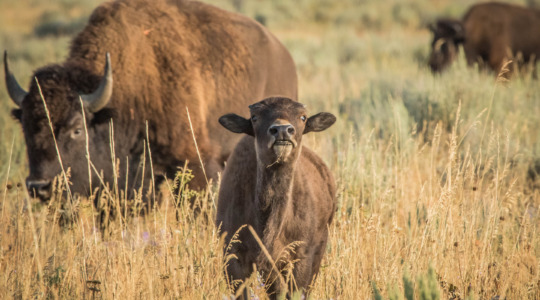
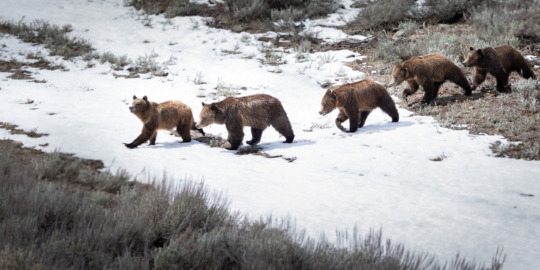
May – Greenup and New Life
May brings a sense of renewal to Jackson Hole. The snowline retreats up the mountains, and the valley bursts into shades of green. Daytime temperatures climb into the 50s and 60s, and wildflowers begin to bloom across the sage flats. Calving season begins for elk, bison, and moose, and bears are highly active as they search for food in open meadows. Scenic float trips on the Snake River begin operating from Deadman’s Bar inside Grand Teton National Park, and wildlife tours are at their most dynamic. Visitors in May can expect quiet trails, abundant wildlife sightings, and the beauty of a landscape in full transformation. It’s one of the most rewarding and peaceful months to visit Jackson Hole.
June – Summer Arrives
By June, summer has truly arrived. Days are warm and sunny, often reaching into the 70s, while nights remain cool and comfortable. This is a peak month for both wildlife and outdoor recreation. Moose, elk, bears, and bison are frequently seen with their young, and birdlife is at its most active. Roads throughout Grand Teton and Yellowstone are fully open, offering easy access to high mountain valleys and scenic lookouts. June is also one of the best times to visit Jackson Hole for wildflowers, which carpet the meadows in vibrant color. Many consider this early summer window the ideal blend of active wildlife, pleasant weather, and lighter visitor traffic.
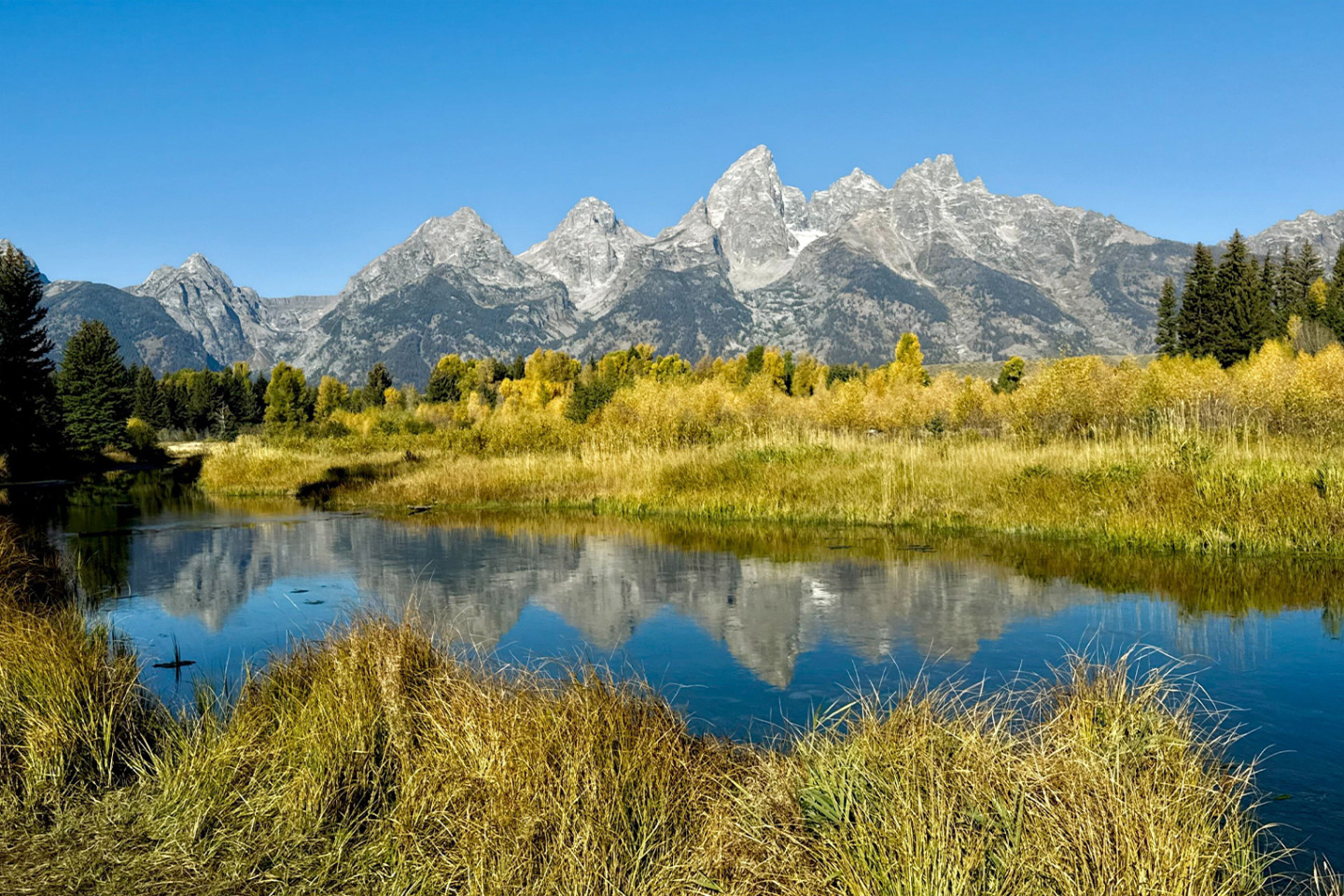
July – Peak Summer and Long Days
July brings the height of summer to Jackson Hole. With long, sun-filled days and highs in the 80s, the region offers near-perfect conditions for exploring. The rivers run clear, trails are open, and the Tetons rise sharply against blue skies. Wildlife tends to move to cooler areas during the heat of the day, but early mornings and evenings are still excellent for safaris. Guests can combine a sunrise summer wildlife tour with a day of hiking, rafting, or photography. July is also when the landscape feels its most iconic: lush, vibrant, and full of life. For travelers seeking the quintessential summer experience in the Tetons, this is it.
August – Warm Days and Summer Abundance
August continues the warmth and abundance of midsummer, though the first hints of seasonal change begin to appear. Afternoon thunderstorms roll across the mountains, refreshing the landscape and adding dramatic light to the skies. Wildlife remains active: elk and bears move toward higher elevations, and osprey and eagles can be seen fishing the Snake River. Scenic float trips and wildlife tours are still in full swing, providing peaceful mornings on the water and golden evenings in the field. August offers the full richness of summer in Jackson Hole, with clear nights perfect for stargazing and mild weather that invites adventure from dawn to dusk.
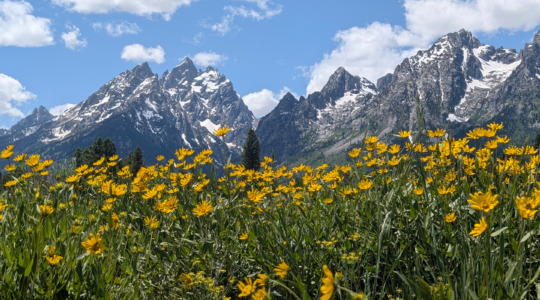
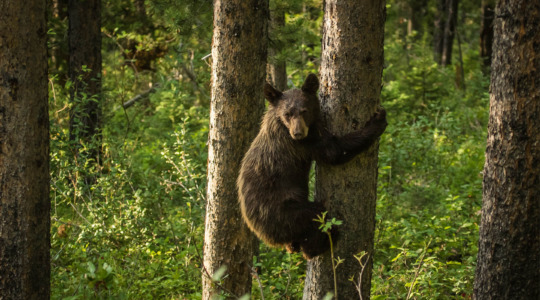
September – Fall Colors and the Elk Rut
September is one of the most remarkable months of the year in Jackson Hole. The days are crisp and clear, with highs in the 60s, and the first hints of gold begin to sweep through the valley. This is the start of the elk rut, when bull elk bugle across the meadows in dramatic displays of strength. Bears enter a period of hyperphagia, feeding constantly as they prepare for hibernation, making them highly visible throughout the month. For photographers, this is an unparalleled time as wildlife activity peaks just as the aspens and cottonwoods turn brilliant shades of yellow. Fall wildlife safaris, photography tours, and scenic float trips all capture the essence of this golden season.
October – The Quiet Golden Season
October extends the beauty of fall while introducing the calm of early winter. Daytime highs hover in the 50s, and the first snow often dusts the Tetons. Moose rutting activity peaks, bears remain visible until heavy snow arrives, and migratory birds begin their southward journeys. The crowds of summer have faded, leaving the parks serene and quiet. For those seeking solitude and natural beauty, October is one of the most rewarding months to explore Grand Teton National Park. The golden trees reflected in the Snake River and the distant bugles of elk create an atmosphere that feels timeless.
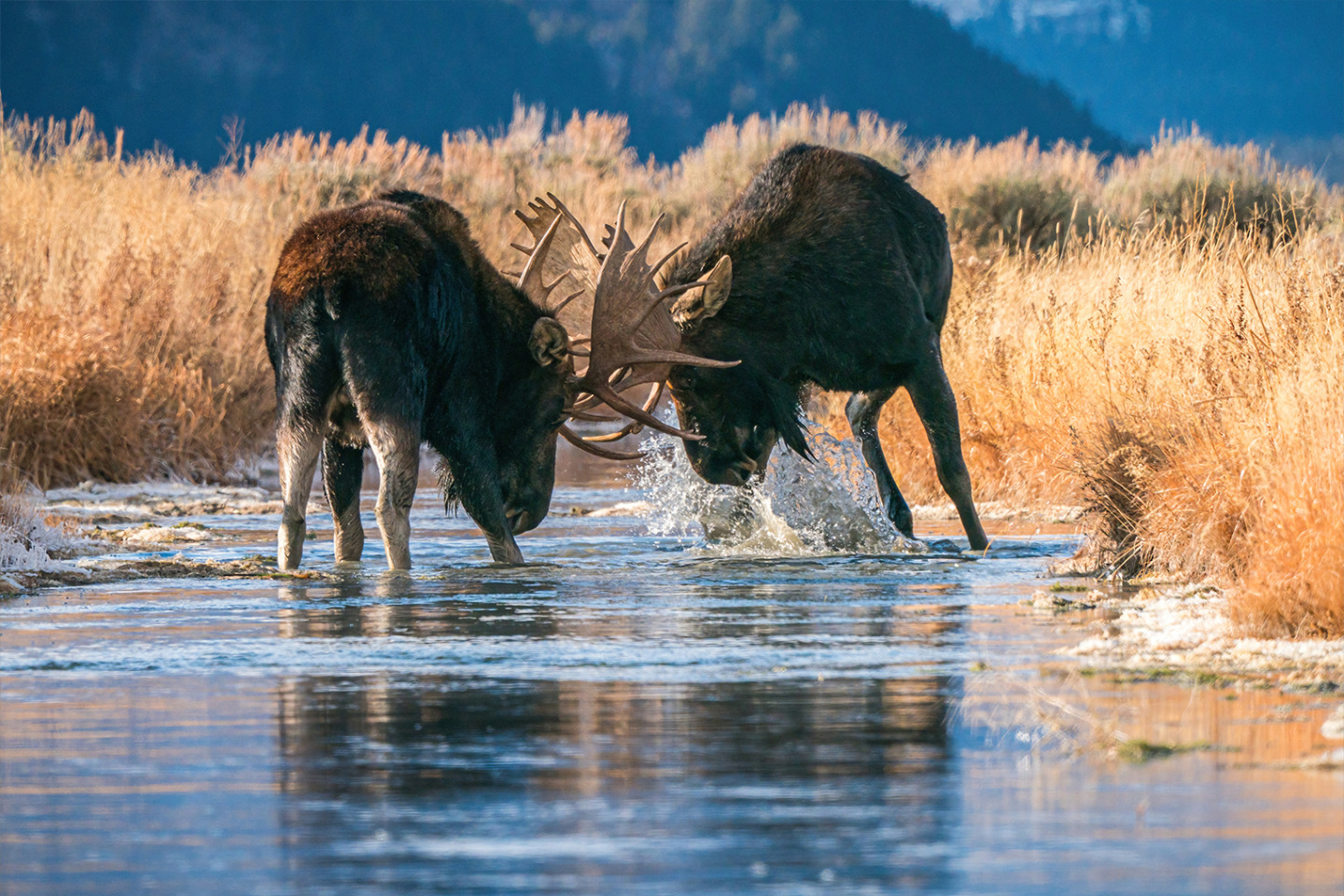
November – The Gateway to Winter
November marks the shift from fall to winter. Temperatures drop into the 30s, and snow begins to settle on the valley floor. Elk migrate from the high country to the National Elk Refuge, followed closely by predators such as wolves and coyotes. Wildlife tours this month often focus on these migrations, offering excellent chances to see the seasonal rhythms of the ecosystem in action. It’s a quieter time in Jackson Hole, ideal for travelers seeking a more intimate and reflective experience before the arrival of ski season.
December – Snow Returns and Winter Begins
By December, winter has fully returned to Jackson Hole. Snow blankets the landscape, temperatures drop well below freezing, and the region embraces its alpine character once again. Large herds of elk, bison, and deer move into the valley, while bald eagles and foxes stand out vividly against the snow. Winter safaris resume, offering guests a chance to witness wildlife thriving in the coldest months. Sleigh rides on the National Elk Refuge and festive holiday lights in Jackson make this a particularly magical time to visit. December captures the quiet wonder of winter and the resilient spirit of the animals that call this valley home.
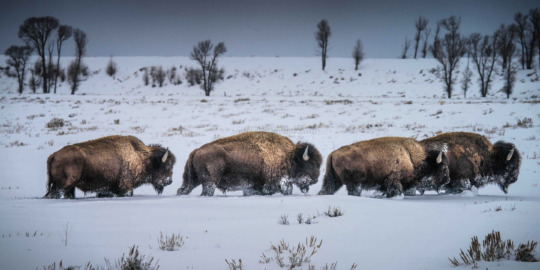
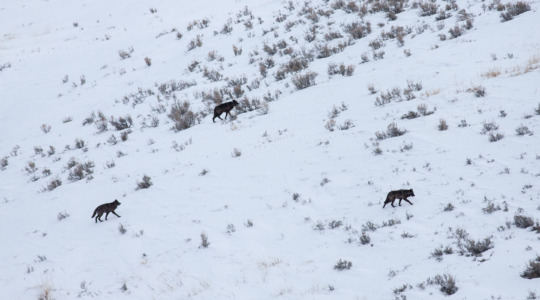
So, When Is the Best Time to Visit Jackson Hole?
Ultimately, the best time to visit Jackson Hole depends on what you hope to see and do. For wildlife enthusiasts, May through June and September through October offer the most exciting activity, with newborn animals in spring and the elk rut and fall colors in autumn. For scenic beauty and photography, June’s wildflowers and September’s golden forests are hard to surpass. Winter adventurers will find December through March ideal for skiing, snowshoeing, and guided snow safaris. And for those seeking solitude and local authenticity, April, May, and late October bring fewer visitors and a slower pace that reveals the heart of Jackson Hole.
No matter the month, Jackson Hole offers an extraordinary, ever-changing wilderness that rewards every season with its own unique charm.
FAQs
When is the best time to visit Jackson Hole?
The best time to visit Jackson Hole depends on what you want to experience. For wildlife enthusiasts, May through June and September through October are unmatched- spring brings newborn animals and lush meadows, while fall offers the elk rut and golden aspen leaves. Winter, from December through March, is ideal for skiing, snowshoeing, and winter wildlife safaris on the National Elk Refuge. Summer months, especially June and July, are best for hiking, scenic floats, and clear views of the Tetons. No matter when you visit, Jackson Hole offers something extraordinary each season.
What is the weather like in Jackson Hole throughout the year?
Jackson Hole experiences dramatic seasonal changes. Winter is cold and snowy, with temperatures often below freezing and deep snow blanketing the valley. Spring brings thawing rivers and warming days, while summer is warm and dry, with highs in the 70s and 80s°F, perfect for outdoor adventures. Fall cools down quickly, bringing crisp mornings, colorful foliage, and occasional early snow. This variety means visitors should always pack layers and be ready for sudden weather shifts in the mountains.
When can I see the most wildlife in Jackson Hole?
Wildlife activity peaks during spring and fall. In May and June, bears, moose, and bison are especially active as new life fills the valley. In September and October, the elk rut and bear hyperphagia (pre-hibernation feeding) create some of the most exciting wildlife viewing opportunities of the year. Winter is also a rewarding season, as thousands of elk migrate to the National Elk Refuge and wolves, foxes, and eagles become easier to spot against the snow.
What are the most popular activities by season in Jackson Hole?
Each season brings its own adventures. Winter is known for skiing, snowshoeing, and sleigh rides. Spring offers bear sightings, baby animals being born, and peaceful park visits before the crowds. Summer invites visitors to enjoy hiking, scenic float trips from Deadman’s Bar, photography, and national park exploration. Fall combines vivid colors with wildlife migrations and cooler weather—ideal for photographers and nature enthusiasts alike. Guided wildlife tours are available during every season.
Is Jackson Hole worth visiting in the winter?
Absolutely. Winter in Jackson Hole is one of the most magical times to experience the valley. Snow transforms the landscape into a pristine wilderness, wildlife becomes more visible, and the town takes on a cozy, festive feel. Guided winter safaris offer chances to see elk, moose, bison, and even wolves in their natural habitats, while the National Elk Refuge sleigh rides provide an unforgettable way to get close to wildlife. Fewer crowds and the serenity of winter make it an ideal season for a peaceful, authentic Jackson Hole experience.

